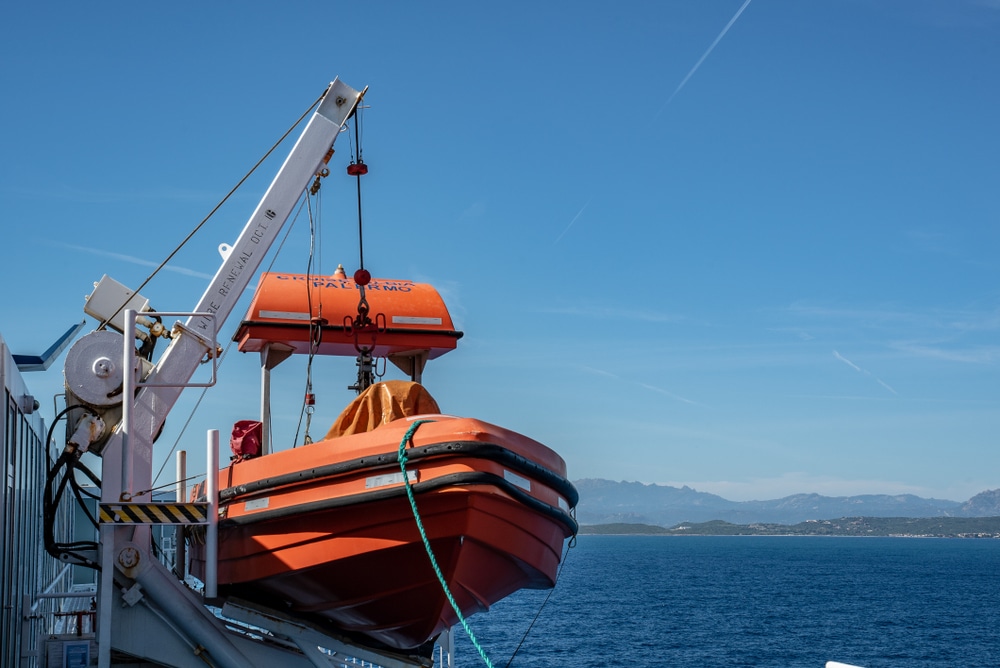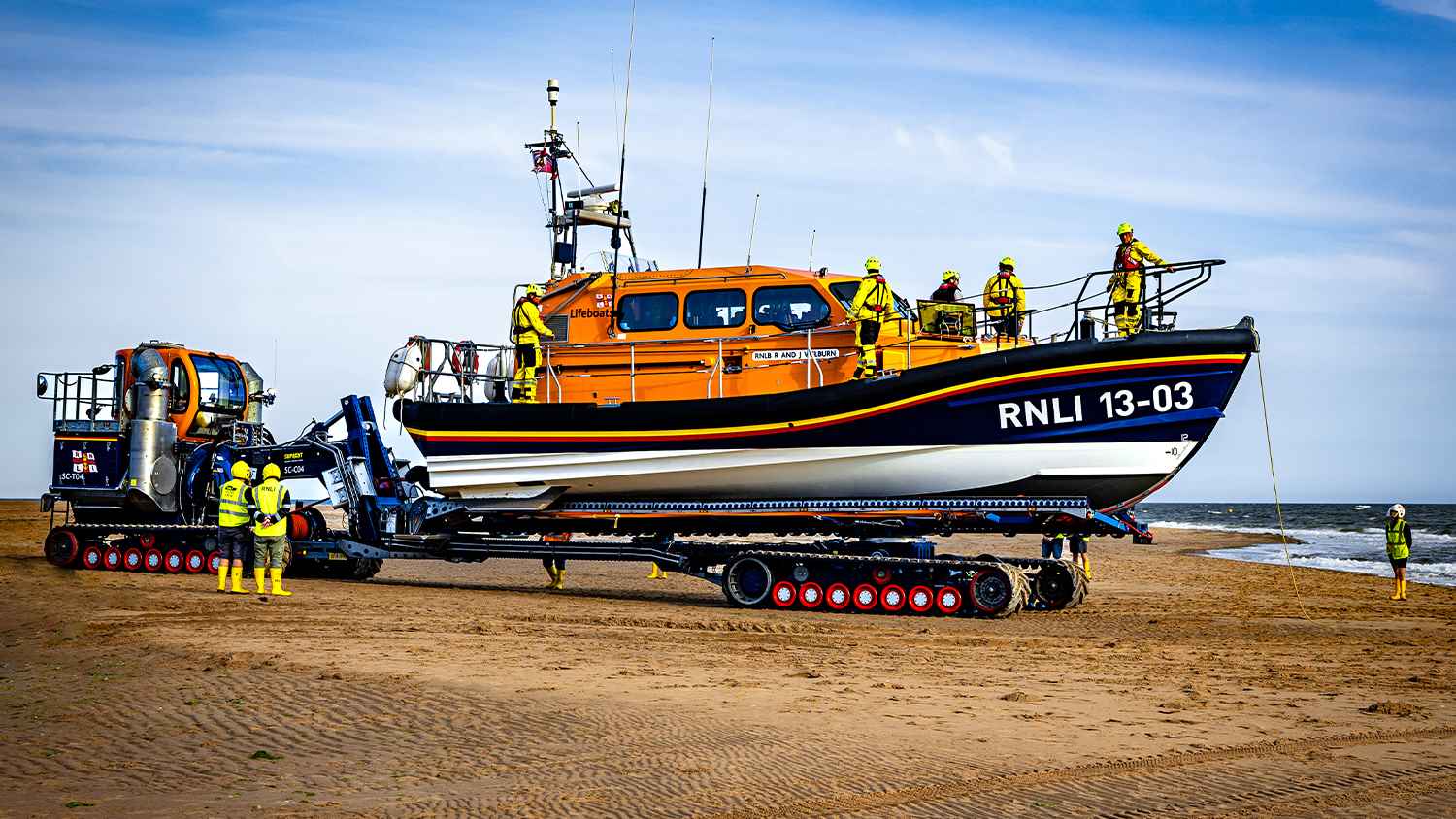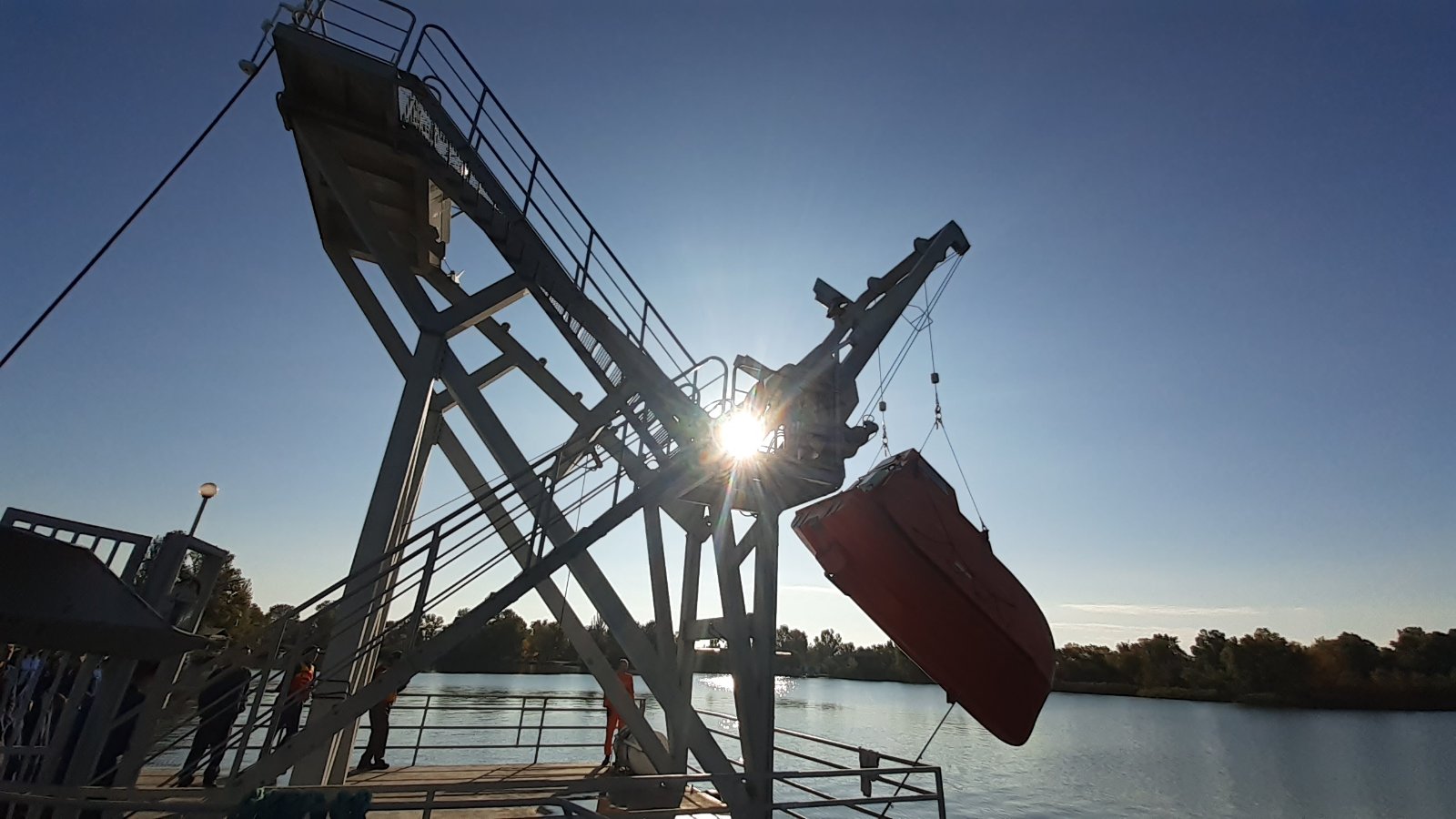
Lifeboats are not just safety equipment—they are lifelines at sea. A merchant navy officer’s preparedness during emergencies can mean the difference between life and death. That’s why survival craft training is a critical part of maritime education and drills.
For cadets and seafarers alike, understanding the operation of lifeboats, rafts, and rescue crafts isn’t optional—it’s mandatory. Proper survival craft training includes not only the mechanics but also the psychology of handling high-stress situations at sea.
At Skillsstation, one of India’s most respected maritime training platforms, cadets are trained extensively in lifeboat launching, recovery, and evacuation drills. Skillsstation integrates hands-on learning with theoretical concepts to ensure that every seafarer is ready when it matters most.
What Is Survival Craft Training and Why Is It Important?
Survival craft training refers to specialized instruction given to merchant navy personnel on handling lifeboats, life rafts, rescue boats, and other emergency survival equipment. This training is part of the STCW (Standards of Training, Certification, and Watchkeeping) guidelines, regulated globally by the International Maritime Organization (IMO).
The aim is to prepare seafarers for extreme emergencies like ship abandonment, fire, flooding, or collision. During survival craft training, candidates learn to launch, board, maneuver, and recover various types of survival crafts.
Understanding safety procedures, equipment checks, distress signaling, and teamwork during these moments becomes vital. Simply put, without proper survival craft training, even the best ships become unsafe in times of crisis.
Lifeboat Types Covered in Survival Craft Training
During your survival craft training, you’ll be exposed to several types of lifeboats and their operational techniques:
Enclosed Lifeboats: These are the most commonly used modern survival crafts.
Free-Fall Lifeboats: Designed to drop into the water vertically from an inclined ramp.
Rescue Boats: Smaller, faster crafts used to recover persons overboard.
Inflatable Life Rafts: Secondary rescue devices that require specific boarding and stability techniques.
Each type requires specific handling procedures and safety checks during survival craft training, especially under pressure.
Step-by-Step Lifeboat Launch and Recovery Procedure
A major focus in survival craft training is mastering the lifeboat launch and recovery procedure. Here’s a simplified step-by-step breakdown:
Raise the Alarm: Signal for evacuation using the ship’s alarm system.
Assemble at Muster Station: Crew members gather and listen for orders.
Don Safety Gear: Wear life jackets and immersion suits.
Board the Lifeboat: Enter quickly and in an organized fashion.
Lower Using Davits: Manual or power-assisted lowering begins.
Release and Clear: Detach from the ship and move away safely.
Maneuver & Signal: Start the engine, steer, and use signals if needed.
All of this is taught practically during survival craft training, ensuring you gain confidence and competence under supervision.
Key Safety Measures in Survival Craft Training
Safety is the foundation of all survival craft training programs. Trainees are instructed to:
Perform pre-launch checks
Ensure lifeboat engine functionality
Use signal flares and SARTs (Search and Rescue Transponders)
Secure lifesaving provisions like food, water, and first aid
Conduct headcounts to avoid leaving anyone behind
These procedures are repeated through simulations and real-time lifeboat drills to build muscle memory and teamwork.
Common Drills Practiced in Survival Craft Training
The following drills are regularly practiced under survival craft training:
Abandon Ship Drill: Simulating a real-life evacuation due to disaster
Launching & Recovery Drill: Practicing release, maneuvering, and securing lifeboats
Man Overboard Drill: Using rescue boats to retrieve a person from the water
Fire Emergency Drill: Includes evacuation procedures with fire hazards
Lifeboat Maintenance Drill: Checking equipment, ropes, and engine conditions
Every drill is designed to mimic real-life challenges so that no seafarer is caught unprepared.
Common Mistakes to Avoid During Survival Craft Training
Even the best cadets can make mistakes if not careful. Some common issues include:
Ignoring checklists before launching lifeboats
Incorrect boarding technique, risking injury
Lack of coordination while maneuvering or deploying distress signals
Failure to secure provisions or safety gear
Overconfidence, which may lead to panic in real situations
Proper survival craft training helps eliminate these mistakes through repetition and instructor feedback.
Certification and Validity of Survival Craft Training
https://dgsstcw.aduacademy.in/
After successful completion of this program, a certificate is issued as part of STCW compliance. The certification is mandatory for anyone who wishes to serve on lifeboats and rescue crafts on a commercial vessel. These certificates generally remain valid for five years, after which refresher training is required.
Always ensure your training is done through a DG Shipping-approved institute or training center. Lack of valid certification can disqualify you from onboard duties or company selection.
How Skillsstation Enhances Survival Craft Training
What sets Skillsstation apart is its immersive training methodology. With access to full-scale lifeboat simulators, mock drills, and expert mentorship, cadets at Skillsstation undergo some of the most effective training in the country. Students are taught not just how to survive—but how to lead and help others in emergencies.
Moreover, practical knowledge is backed by theory, case studies, and technical presentations, creating a holistic learning experience.
Conclusion
No matter how strong or advanced a vessel is, survival depends on the crew’s ability to act quickly, calmly, and efficiently. This is where survival craft training becomes a life-saving investment, not just a course. At Skillsstation, the Best merchant navy coaching institute Skillsstation, cadets are trained to handle emergencies with precision and professionalism. Trust Skillsstation to provide the most reliable survival craft training—because safety at sea starts with skills on shore.


